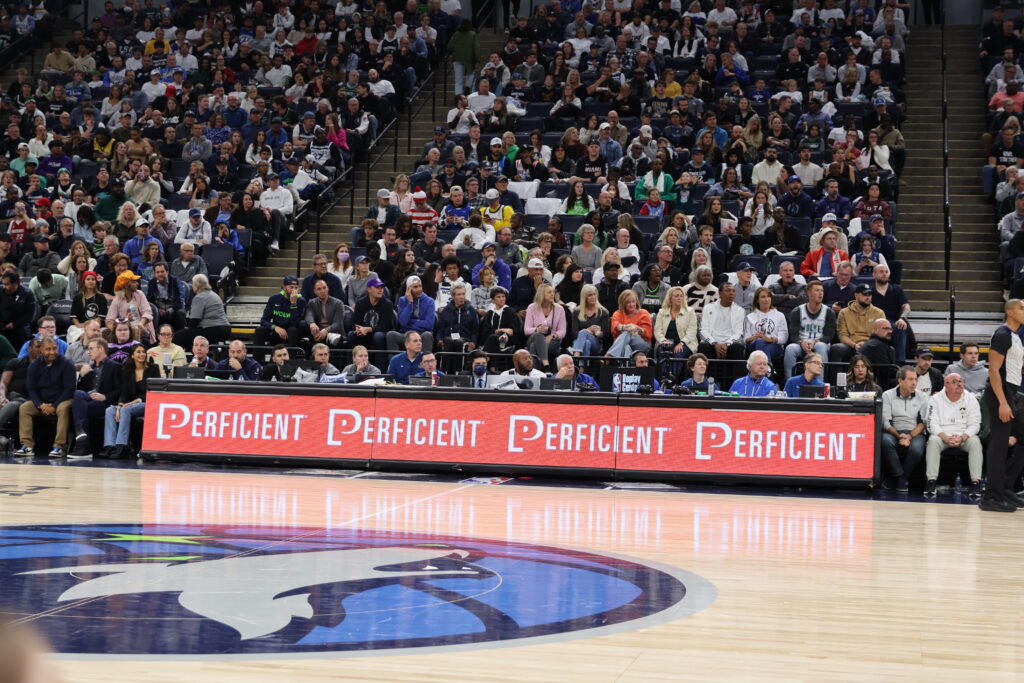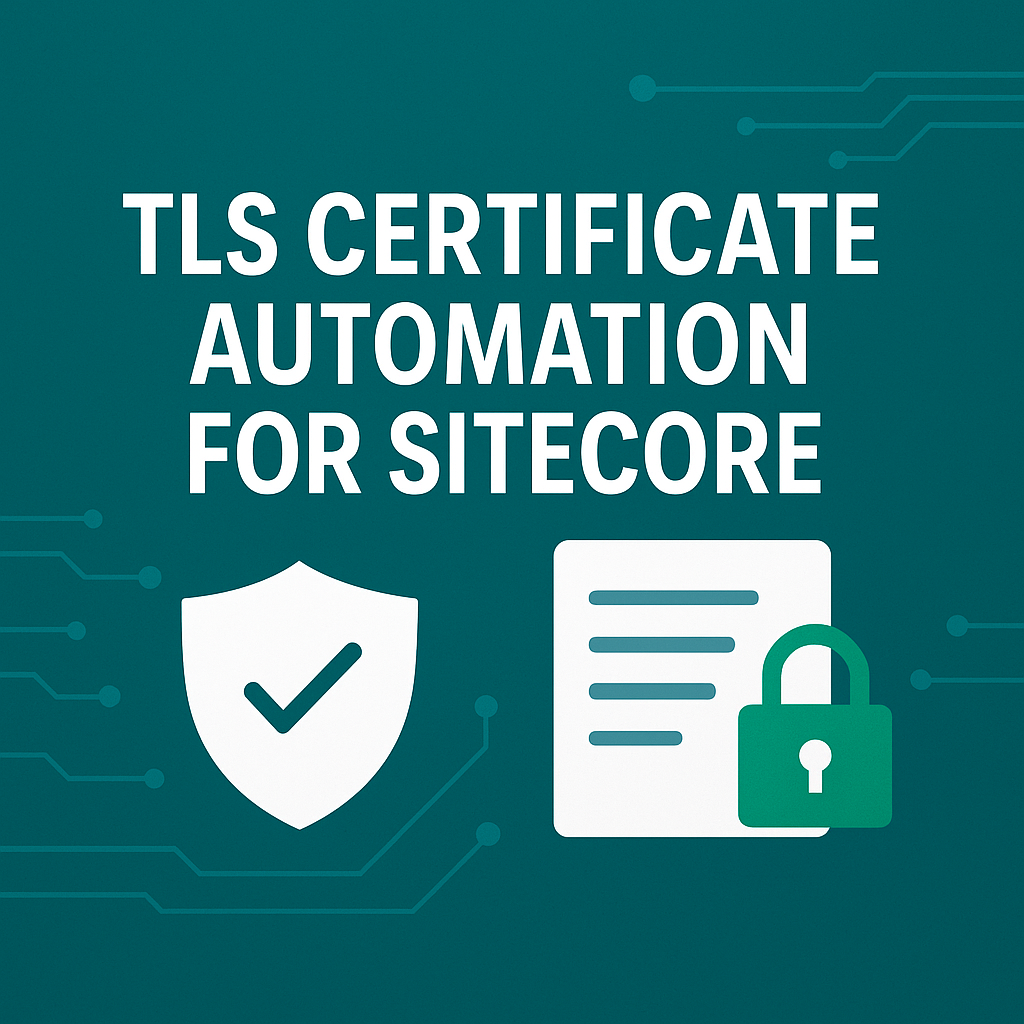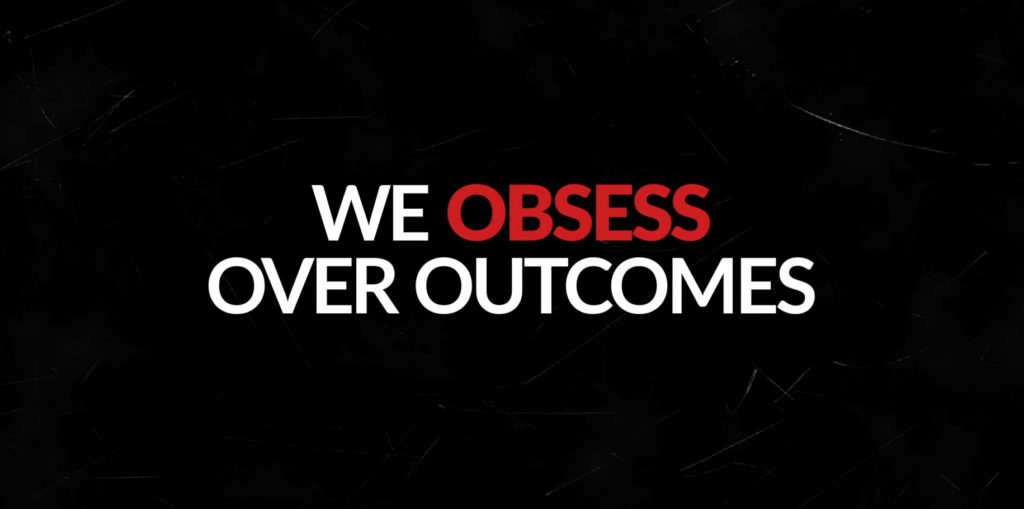Being an avid basketball fan, I have enjoyed watching the Minnesota Timberwolves’ success on the court to begin the 2023-2024 season. And being the basketball geek that I am, I did research to find out what the Timberwolves have done differently this season compared to other seasons that have helped them vault up to the top of the standings through the first month and a half of play. Much of the team’s success is thanks to their head coach Chris Finch and his offseason preparation for the team. While learning about Coach Finch’s offseason preparation and game plans, I couldn’t help but think of the intriguing parallels between Finch’s coaching strategies and Perficient’s Envision Strategy Framework. I know, it sounds like a stretch but let me explain.
Envision Framework Overview
First, let’s understand Perficient’s Envision Framework. Our Envision Framework is an approach that helps businesses seamlessly and successfully transition from strategy to execution. Perficient’s Envision Strategy Framework operates on the principle that in the digital realm, it’s not the big that eat the small, but the fast that eat the slow. This echoes Coach Finch’s early coaching days in Europe, where he developed a game plan that was focused on speed, pace of play, and shooting with his undersized team to beat bigger opponents.
Much like a well-executed game plan, the Envision Framework is thoroughly designed with steps to ensure success with speed. The Envision Framework has 3 phases, each with 3 steps in them. Let’s dive into the Envision Framework and discover the similarities between each phase and Coach Finch’s strategies.
The Insights Phase
In the Insights phase, Perficient mirrors Coach Finch’s approach to doing thorough research and analysis to come up with the best game plan that leverages his team’s biggest strengths to its fullest. Coach Finch watches many hours of film and utilizes data and analytics to make well-informed decisions on how to leverage his team’s strengths to gain advantages. All of this is summarized in a well-organized, easy-to-read scouting report.
This is perhaps best exemplified by Finch’s decision to have his team focus more on offensive rebounding over transition defense this season. This strategy leveraged his team’s biggest strength, their tall height, and has resulted in more offensive points and second-chance shots.
Similarly, Perficient’s first step in the Envision Framework is to conduct market research on your competitors and market to discover how and why your market is changing. During Insights, we discover the demands of the market, the needs of your business, and the state of your organization’s operations and technical systems.
Step 1: Market
To plan a significant change in your business, you need to know where you stand in the market. During the first step of the Insights Phase, we look at the market through three lenses:
Customer: One of the best ways to understand your customers is through journey science, combining research-based insight and data-driven evidence to understand, predict, and optimize the customer journey at each touchpoint.
Competition: Perficient has created Now/New/Next to map the competitive landscape. This proprietary tool analyzes hundreds of digital features offered by your competitors and leading brands. We use this insight to benchmark your experience portfolio against customer expectations and then highlight the experiences and capabilities your business should focus on.
Category: Perficient has strategists with vast expertise across different industries such as banking, insurance, manufacturing, retail, and healthcare. By utilizing category scans and trend-setting research, we can predict how market changes will impact a particular industry or brand.
Step 2: Business
In the next step of the Insight Phase, our teams gather data from different customers, competitors, and broader categories to quickly assess what is happening in your market and make sense of the impact it has on your business. Similar to Coach Finch, we put all of this information in an easy-to-read “scouting report” so you can see what your customers see and then formulate a clear strategy for a digital future.
Next, we help make sure your business is ready to execute on your idea or ambition. Before finalizing a game plan, Coach Finch makes sure that his team is ready and able to execute the game plan, we do the same here in the Envision Framework.
The most successful ideas not only come from the voice of the customer and the voice of the market but also the voice of the business. In this step we rapidly assess your business, reviewing goals and stakeholder commitments, conducting capability evaluations, and facilitating dialog on top challenges and barriers. In this step we conduct a customer experience benchmark, here we evaluate a company’s strengths and gaps in the CX practices it uses to create, deliver, and sustain effective customer experiences. At Perficient, we utilize our subject matter expertise, benchmark data, and define standards to uncover specific goals, objectives, and requirements that help drive project success.
Step 3: Systems
The last step in the Insights phase is “systems.” Now that we know your current state, we can identify gaps, overlaps, and needed improvements in the system. The primary tool we use during this step is the “Current State Assessment.” In the Current State Assessment, we utilize techniques such as workshops, individual interviews, code reviews, surveys, benchmarking, and more. During this phase, we are looking for information about:
What systems do you have today?
What business capabilities do they support?
Are they being used the right way?
Have they been implemented the right way?
In the Insights phase, Perficient aligns with Coach Finch’s strategic approach to understanding opponents by conducting thorough market research and analysis to formulate the best game plan for businesses. Coach Finch’s meticulous preparation and research on his team and his opponents mirror the systematic approach in the insights phase of the Envision Framework
Phase 2: Ideas
In order to gain a competitive advantage, you must have big innovative ideas that create a competitive advantage. In the Idea Phase, we rapidly design and innovate big ideas that guide your vision and inspire your teams for the future. Big innovative ideas have been a big part of the Timberwolves’ success. Coach Finch had an idea and a vision for the Timberwolves, that was criticized coming into the season, but after doing much research in the offseason, Coach Finch was confident that his idea would work, and it has. His idea was to start two 7 footers in the starting lineup. In today’s NBA utilizing smaller lineups to improve defensive switch-ability and flexibility has been the formula for success. However, thanks to Coach Finch’s bold idea and his talented players, the Timberwolves not only had the best defense in the NBA through the first month of play but also had the best overall record through one month with this “oversized” lineup.
Minnesota Timberwolves Center Rudy Gobert Dunk
However, Coach Finch did not just blindly come up with this idea, he put in a lot of time researching and analyzing if this lineup will work and how it would work. At Perficient, we believe that developing a successful idea requires extensive research to identify what is working, identify areas of opportunity, and optimize your unique competitive advantage to the fullest. After discovering an idea, it then takes lots of research to ensure that your idea is set up for success and is optimized.
In the “Ideas” phase of our Envision Framework, our teams go through this process to solve your toughest strategy challenges. During this phase, we do extensive research and analysis to identify areas of opportunity to best leverage your business’ unique competitive advantages. We partner with you to innovate differentiating experiences while defining the operations and technology you’ll need to be successful.
Step 1: Experiences
This process typically begins with experience mapping to identify what is working well, this helps us identify areas of improvement and opportunity. Once we identify this, we bring them to life with an experience vision. This is an interactive model that shows how a customer experience can be enhanced through new features, interactions, and capabilities.
Then we ensure that your business is ready to deliver personalized content at scale through a process called content modeling. Through this process, we can identify your content needs and establish a framework for delivery.
Step 2: Operations
After this, we begin the operation step in the “Ideas” phase. It is important to consider the supporting processes, capabilities, and organizational structures needed to successfully adapt and transform. The operations step guides the ideation and iteration of the supporting business processes, capabilities and organizational structure before it is committed to.
Similar to how Coach Finch would make sure he had the personnel of players and capabilities needed to execute a game plan, before committing to it, we will help our clients make sure they have the capabilities to execute on their strategic vision. Learn more about how we do this here.
Step 3: Technology
Lastly, we use your future vision, desired experiences, and capabilities as input to define the future architecture, recommend technology platforms, and recommend solutions. We do this with gap analysis and identifying overlapping systems.
Phase 3: Investment
Step 1: Outcomes
In the last phase of the Envision Framework, the Investment phase, Perficient ensures that you have a solid case for change, the economics are sound, and that you have the measurement to hold yourself and your ideas accountable. We do this with three basic tools:
Business Justification: Ensures that your good idea is a great idea by looking at key outcomes like driving sales, cutting costs, improving time to market.
Hard Business Case: If you need additional information after the business justification, we can create a hard business case looking at outcomes like total cost of ownership, net present value, and return on investment, all things a CFO needs to see.
Data Driven Foundation: Finally, we give you the objectives, key results, and KPI’s that keep you on track. This includes traffic rates, conversion rates, order value, product team velocity, system response times, and even app store ratings.
Coach Finch goes through a similar process whenever he is making game plans or provides adjustments for players to make. Before telling a player to make changes in how they play, he wants to make sure it is justified and will result in improved performance for the player and the team.
For example, as an assistant coach, Finch noticed if one of his players, JJ Reddick, would increase the number of 3-point shots he took and reduce the amount of mid-range shots he took, his scoring efficiency would drastically improve. This proved to be true as JJ Redick had his best points per shot season in his career that year. However, before telling JJ to shoot more 3-point shots, Coach Finch made sure that he had the data to back up the reasoning so the player understood why he wanted to make these changes and to ensure that these changes would improve the team’s performance.
Step 2: Program
Now that you’ve done your research, tested your ideas, decided on your strategy, and have come up with a portfolio of initiatives and a roadmap to guide you, how do you operationalize that roadmap to ensure your business can support it? In this step, we help you do just this by:
Creating a program plan: that includes all of the dependencies of the portfolio of initiates. This captures key elements of what, why, and how our program comes together.
Building a change management strategy: that details how the organizational changes related to program initiatives will be rolled out.
Center of Excellence: this is a type of governance model promoting standards of quality and consistency that maximizes efficiency and minimizes risk.
Step 3: Roadmap
Lastly, we build a roadmap. We distill the customer journeys, products and features, platforms, and other elements of the strategy into a portfolio of initiates. Then each initiative is aligned to priorities and detailed into tasks and activities, product backlogs, resources and skills, and time and efforts needed to execute one by one. Finally, we bring these roadmaps back to a program portfolio to build out the tracks, milestones, and releases to paint the big picture and get started.
Perficient Leading Clients to Success While Finch Leads the Timberwolves to Success
As Coach Chris Finch continues to lead his team to success, Perficient’s Envision Strategy Framework stands as a playbook for organizations aiming not just to compete but to thrive in the ever-evolving digital landscape. By aligning visionary thinking with pragmatic execution, Perficient helps businesses successfully strategize and execute their digital transformation, similar to how Coach Finch builds and executes game plans that have transformed the Timberwolves and vaulted them to the top of the standings.
Learn more about how our Envision Framework can help you revolutionize your business.





Leave A Comment